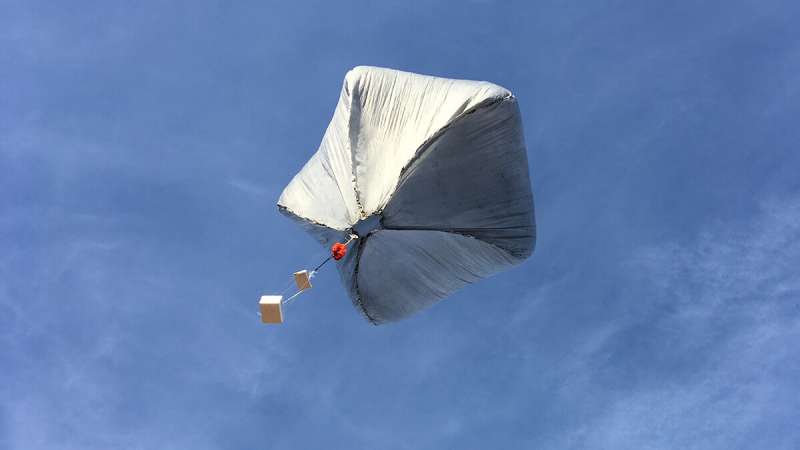Phys.org November 16, 2021
Earthquakes, volcanic eruptions, and even severe weather events produce a medley of low-frequency infrasound waves below the range of human hearing. Infrasound waveforms generated by natural and anthropogenic phenomena contain important clues about the size and nature of the event. A team of researchers in the US (Sandia National Laboratory, Caltech) has shown that sensors on balloons in the lower stratosphere can record faithful representations of the near-source acoustic wave field at unprecedented range. The acoustic signature of a buried chemical explosion recorded at a range of 56 km and an altitude of 21.8 km was nearly identical to that recorded on the ground 0.5 km from the epicenter but absent on a ground sensor located 46 km away. Their results demonstrate that balloon-borne infrasound techniques greatly increase the range at which well-preserved acoustic representations of near-source physics can be acquired, and that their propagation is simple to model. Their work has implications for monitoring remote regions of the earth for explosions, volcanic eruptions, and other phenomena. It also supports the prospect of balloon-based infrasound seismology on Venus…read more. TECHNICAL ARTICLE

Solar-powered hot-air balloons can measure infrasound to investigate natural and human activity on Earth… Credit: Daniel Bowman, Sandia National Laboratories